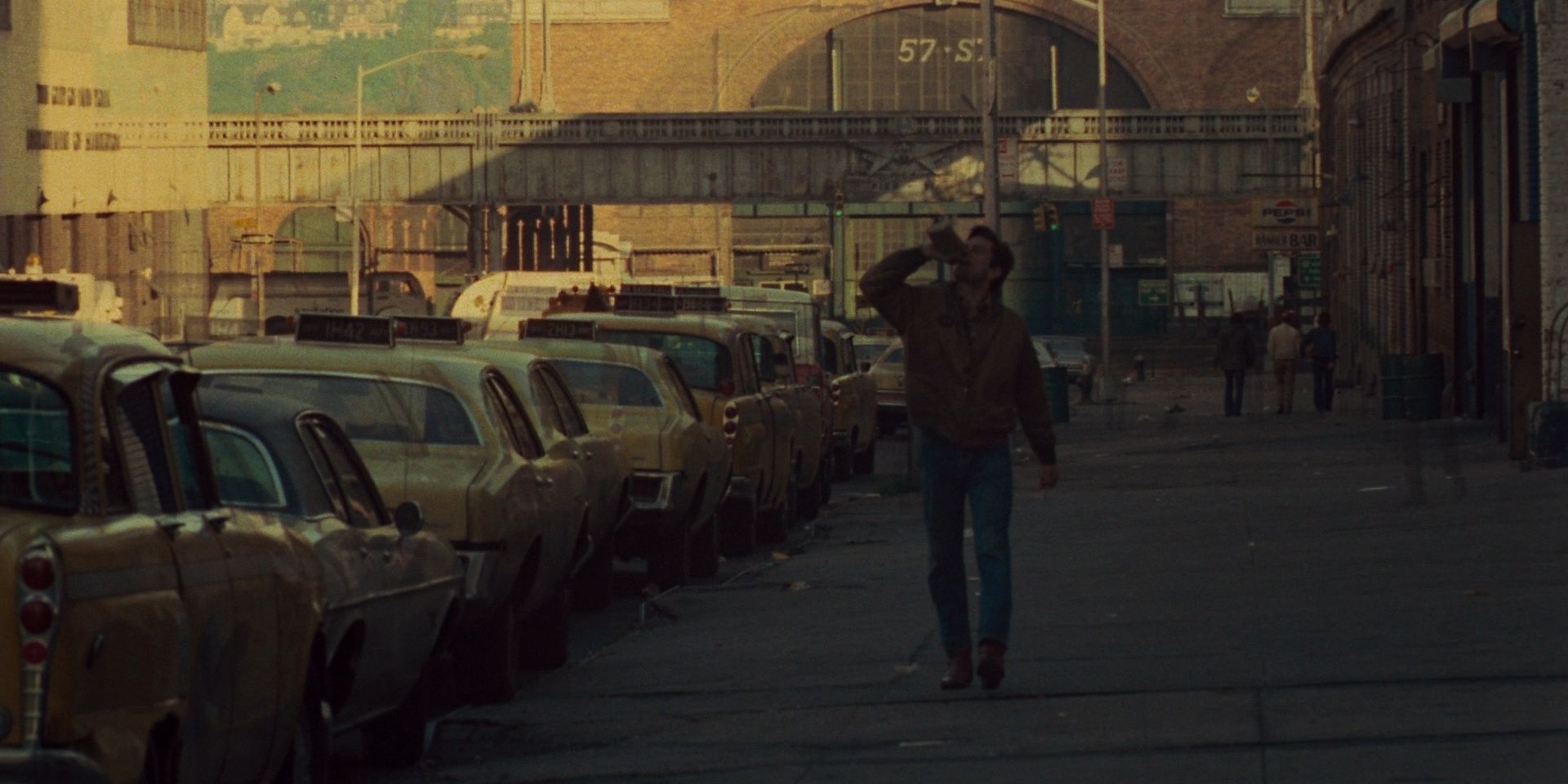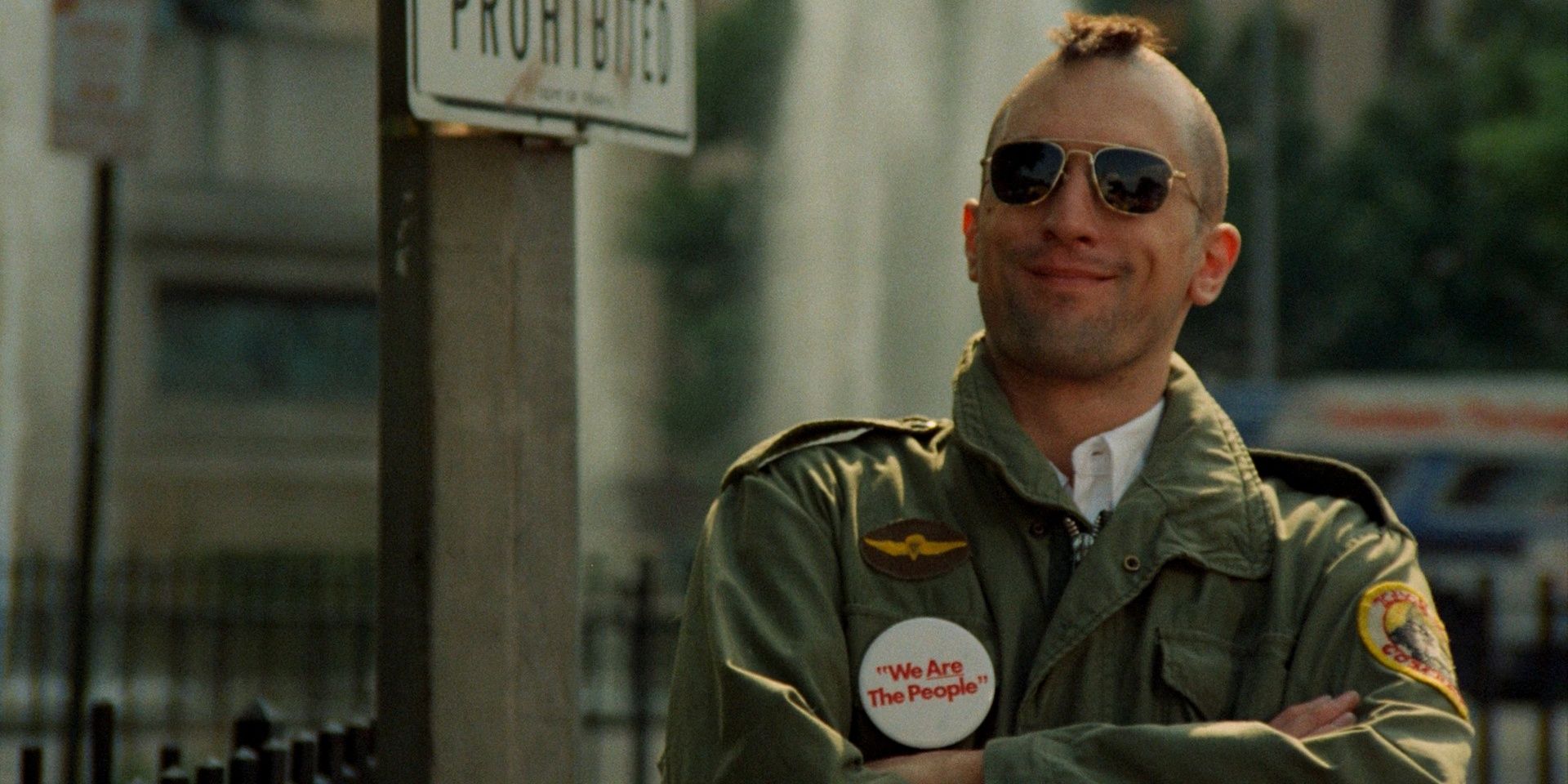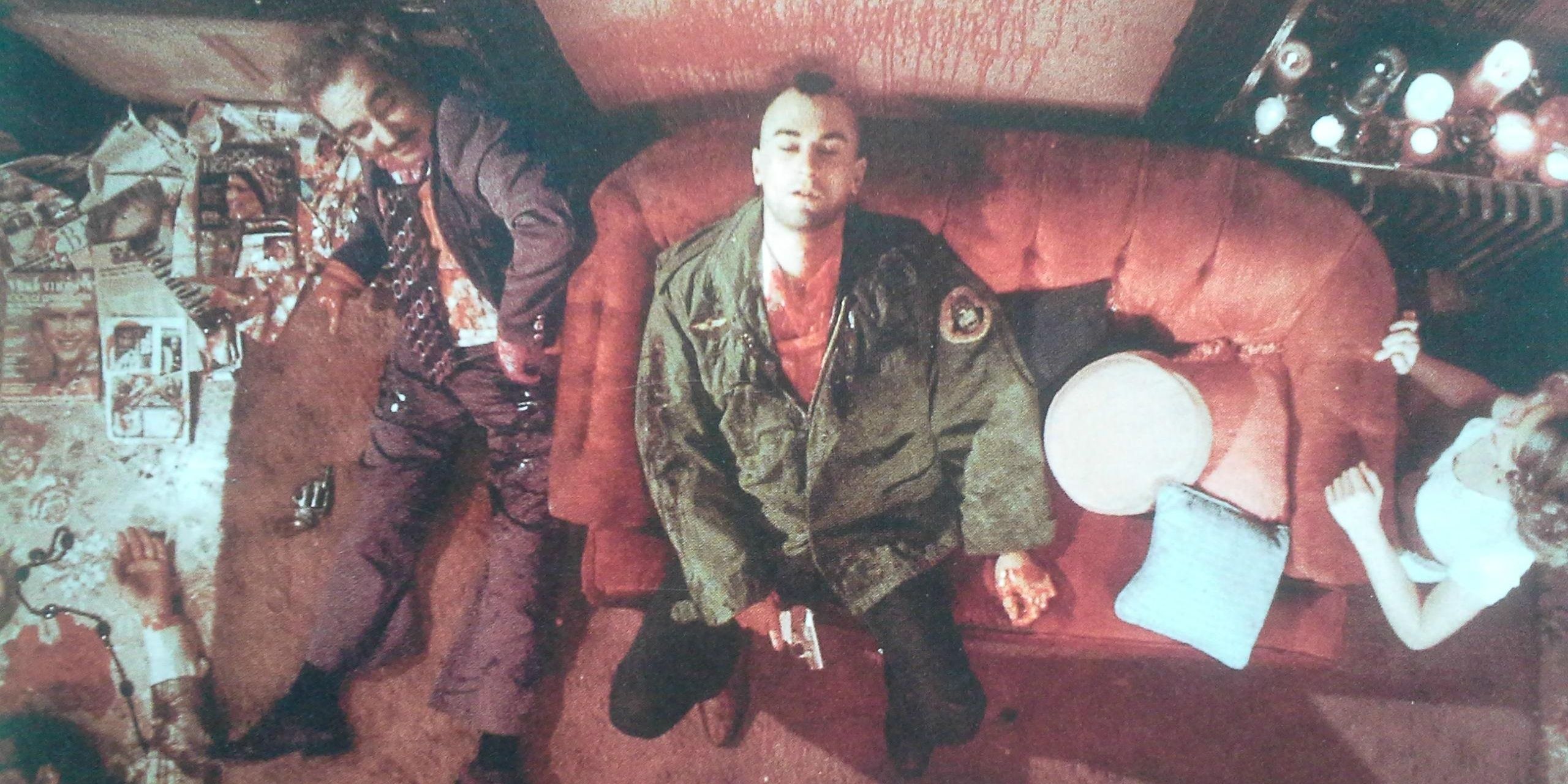
Deciphering the Taxi Driver Finale

Delve into the enigmatic conclusion of Scorsese's cinematic gem, Taxi Driver Unravel the mysterious fate of Travis Bickle in this thought-provoking article
Highlights
Scorsese and De Niro's collaboration in Taxi Driver, influenced by European films, created a character study of mentally unstable protagonists with lasting cultural impact.
Travis Bickle, a troubled taxi driver, delves into the grimy streets of New York City, personally intervening to eradicate crime and turmoil. The film's open-ended conclusion ignites contemplation about Travis' fate, provoking enduring debates and highlighting the enduring appeal of this cinematic masterpiece.
When Martin Scorsese and Robert De Niro collaborate, excellence is guaranteed. Their teenage friendship, born of passion for art in New York, has blossomed into the greatest director-actor duo in cinema history. Together, they have created ten remarkable films over the past five decades. Among their iconic works, Taxi Driver (1976) reigns supreme, as it is not only a cornerstone of the influential New Hollywood Movement but also a film with a lasting cultural impact.
Inspired by Italian Neorealist films such as Roberto Rosellini's Rome, Open City (1945) and Vittorio De Sica's The Bicycle Thief (1948), Scorsese and screenwriter Paul Schrader infused Taxi Driver with an authentic European sensibility rarely seen in Hollywood at the time. Departing from the usual focus on plot-driven storytelling, the duo approached the film as a profound character study, taking inspiration from Fyodor Dostoevsky's Notes from Underground in terms of both tone and structure. The narratives of both films hinge upon ambiguity, particularly in exploring the complex and unstable minds of their protagonists, a theme that remains highly relevant today.
What Happens in Taxi Driver?
Travis Bickle, portrayed by Robert De Niro, takes on the role of a nighttime taxi driver in New York City to combat his chronic insomnia. To deal with this condition, he typically indulges in trips to an adult movie theater or engages in deep reflections about the unsavory characters that occupy the streets. One of his frequently visited spots is the campaign headquarters for Senator Charles Palentine, where Betsy, a young and innocent blonde played by Cybill Shepherd, volunteers under the watchful eye of her supervisor Tom, played by Albert Brooks. Travis musters up the courage to invite Betsy out for coffee, and during their date, she expresses a feeling of a "special connection" between them.
Their next encounter takes a rather uncomfortable turn as Travis takes Betsy to a more upscale adult cinema, a stark contrast to the one he frequents alone. Overwhelmed, Betsy reluctantly accompanies Travis inside but quickly decides to leave once the movie begins, repulsed by the notion that this was his idea of a pleasant outing. Following her departure, Travis makes a phone call the next day, only to face painful rejection as the camera pans away from him to an empty hallway, signifying the significance of this 97-second shot according to Scorsese. Frustrated by the rejection, Travis storms into the campaign headquarters, berating Betsy for disregarding him and likening her to the rest of the uncaring individuals he resents.
Returning to the streets, Travis finds himself immersed in a world of crime and prostitution, instigating a surge of violent thoughts. Determined to purge his inner turmoil, he embarks on an intense training regimen, spurring himself on with sheer determination and fire. Wizard, one of his fellow drivers, offers reassurance, while another cabbie suggests obtaining a firearm from the underground dealer, Easy Andy. Travis now finds a newfound purpose in his life – to become the vigilante he believes the city desperately needs. This conviction is solidified when he intervenes in a convenience store robbery, demonstrating his newfound power with one of his newly acquired weapons.
One night, Travis comes across Iris in a distressed state (Jodie Foster in her breakout role). She is quickly brought back under the control of Sport (Harvey Keitel). Returning to her street in a slight disguise, Travis pays Sport to spend time with Iris, hoping to free her from his grip. However, Iris attributes her previous night's behavior to marijuana and insists she's content with her current situation. With his inability to please Betsy and safeguard Iris, Travis finds himself in a position where he believes he must do what others cannot or choose not to do.
How does Taxi Driver end?
Travis reappears with a mohawk, his head shaved to perfection. Determined to assassinate Palentine, he shows up at one of his rallies, but his plans are thwarted when a Secret Service Agent forces him to flee by unzipping his jacket. Consumed by anger after failing in his mission, Travis heads back to Sport's brothel that night and ruthlessly takes down all the degenerates who control the establishment. As Iris weeps at the brutal carnage, Travis contemplates ending his own life, but realizes he is out of bullets. In the midst of this chaos, the police arrive, only to witness a delirious Travis raising his finger to his temple and pulling the trigger.
As Travis recovers from his injuries, he gains recognition as a hero from the press and receives a heartfelt letter of gratitude from Iris' parents for saving their daughter. Back at work, fully recovered and with a head of hair, Travis roams the city and coincidentally picks up Betsy as a passenger. During the ride, Betsy shares with him the newspaper headlines she has read about his heroic act. Travis kindly drops her off and refuses to accept payment, graciously smiling. The film's final shot echoes one of its initial scenes, showing a restless Travis gazing into the rearview mirror of his taxi.
How to Interpret the Ending of Taxi Driver
An open-ended conclusion is embraced by many. Scorsese and Schrader have clarified in the past that they did not intend for Travis' dying fantasy to be the final scene, although they admit it is a valid interpretation. There is ample evidence to support this perspective, such as the initial shot of the taxi passing through the rising smoke from the sewer, the crimson illumination on Travis' face as he observes the streets, the aerial view gliding over Travis' bloodshed, evoking a sense of his soul departing his body. Furthermore, the film itself metaphorically portrays city life as hell, a theme revisited in a lighter manner by Scorsese in "After Hours" from 1985. Whether Travis is deceased or not, the fact that this discussion remains ongoing nearly five decades after the release of "Taxi Driver" demonstrates its timelessness.










